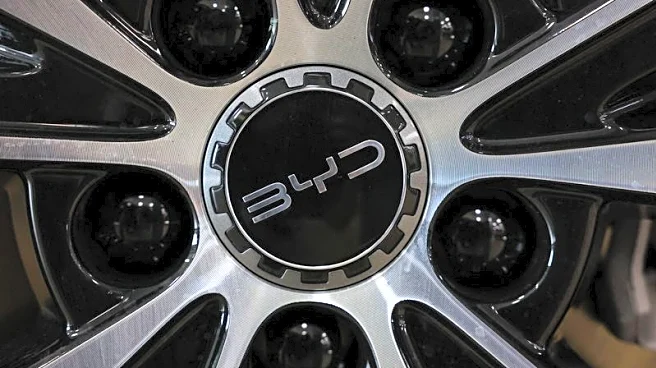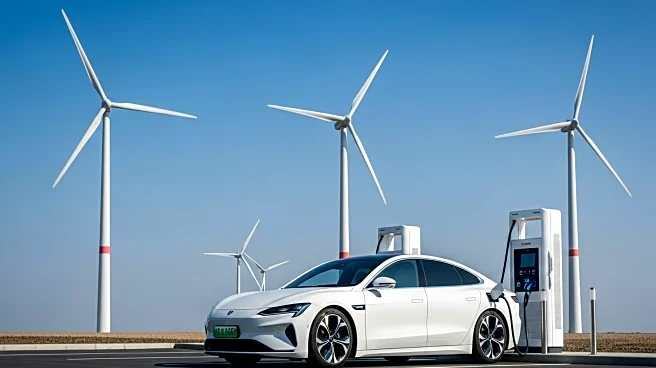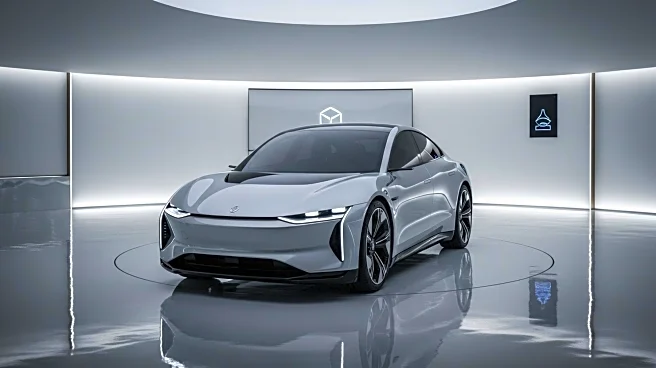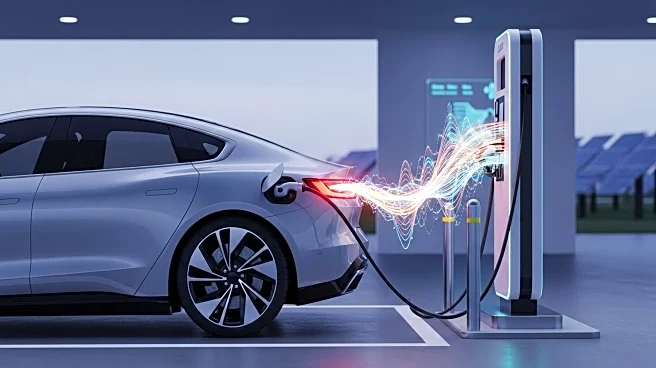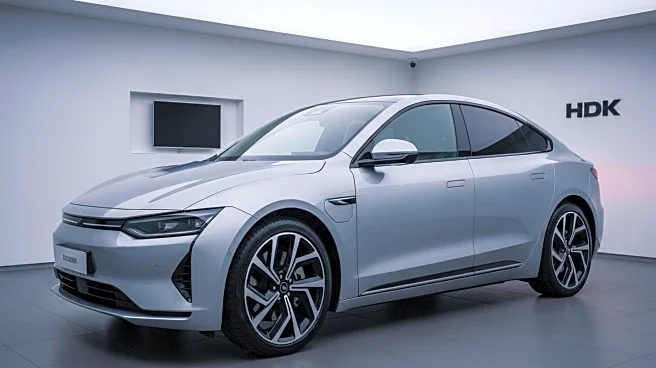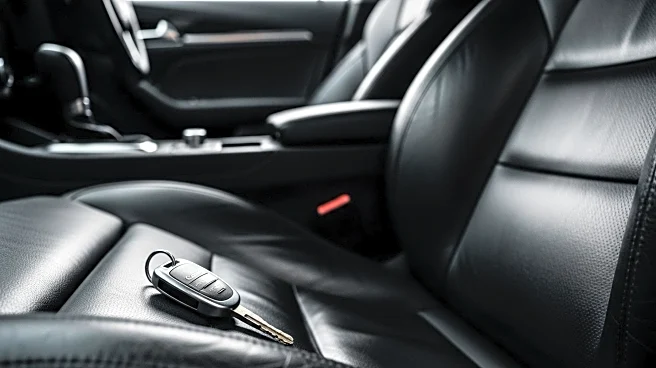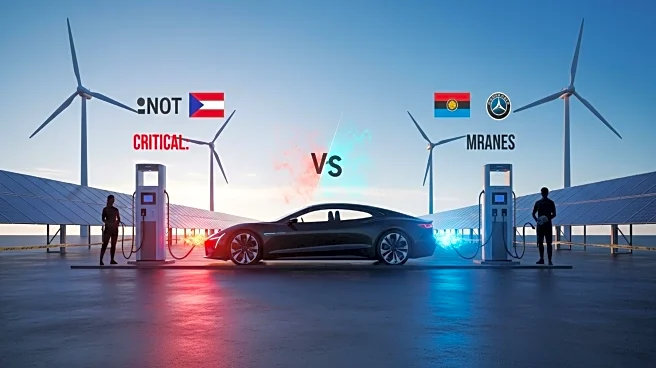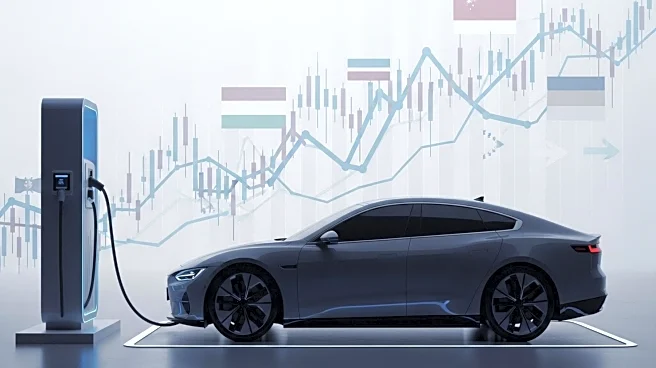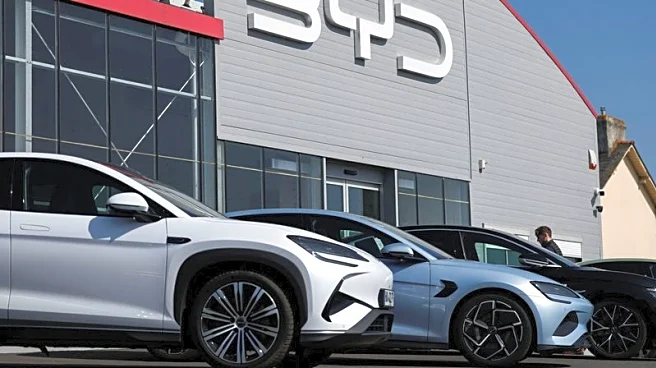What's Happening?
In August 2025, Chinese car brands achieved significant sales milestones in Europe, outselling major European brands such as Renault and Audi. According to JATO Dynamics, Chinese brands registered over 43,500 units, marking a 121% increase year-on-year. This surge in sales is attributed to the growing popularity of plug-in hybrid vehicles (PHEVs), with Chinese brands like BYD, Jaecoo, and MG making notable contributions. The market share for battery electric vehicles (BEVs) also reached a record 20.2%, driven by increased registrations across Europe. Despite higher tariffs on BEV imports, Chinese brands are expanding their presence in the PHEV segment, with BYD becoming the eighth best-selling brand for PHEVs.
Why It's Important?
The rise of Chinese car brands in Europe signifies a shift in consumer preferences and competitive dynamics within the automotive industry. This development could impact European car manufacturers, prompting them to innovate and adapt to changing market demands. The success of Chinese brands in the PHEV segment highlights their strategic focus on hybrid technology, which may influence future automotive trends. Additionally, the growing acceptance of Chinese vehicles suggests a change in perception and awareness among European consumers, potentially leading to increased market share for these brands.
What's Next?
As Chinese car brands continue to gain traction in Europe, European manufacturers may need to reassess their strategies to maintain competitiveness. This could involve increased investment in hybrid and electric vehicle technologies, as well as efforts to enhance brand perception and consumer engagement. The ongoing expansion of Chinese brands may also lead to further regulatory discussions regarding tariffs and trade policies, impacting the broader automotive market landscape.
Beyond the Headlines
The success of Chinese car brands in Europe could have long-term implications for global automotive trade relations and market dynamics. As these brands overcome perception challenges, they may seek to expand into other international markets, potentially reshaping the competitive landscape. This trend also raises questions about the sustainability and environmental impact of increased hybrid and electric vehicle production, prompting discussions on energy policies and infrastructure development.

